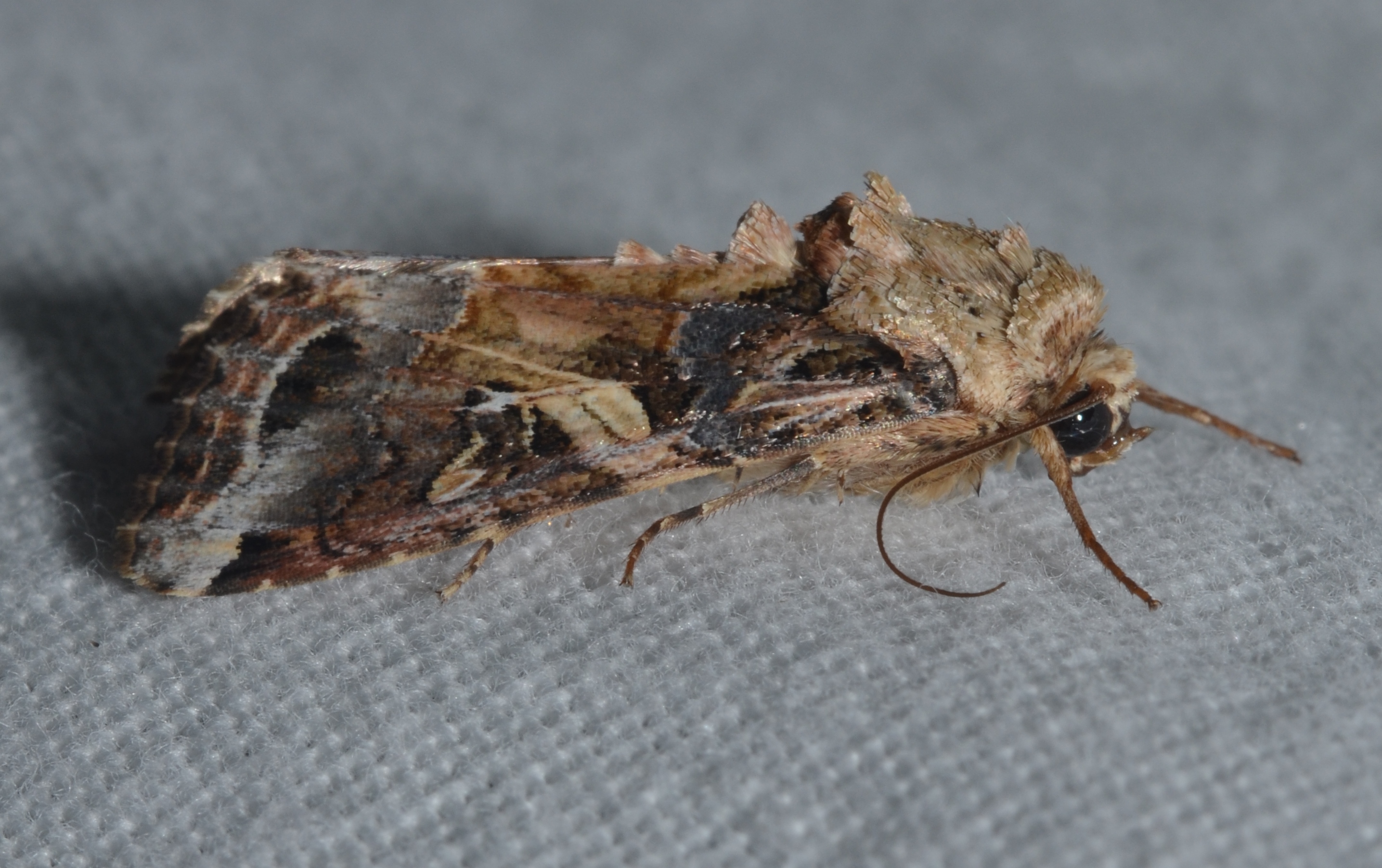

Some detail on the species mentioned follow.įall Armyworm – The fall armyworm overwinters in the pupal stage in the southern regions of Texas. Fall populations of larvae often blend together several generations and may appear to be continually occurring. Armyworms in the spring and summer occur in more distinct groups than later in the season. Generation time can be extended if cooler temperatures occur and can last up to several months. Several generations (a generation is the development from egg to adult stage) occur each year and typically take about 28 days to complete. Moths mate and lay eggs, thus starting the life cycle over again. When full grown, larvae enter the soil and form the pupal stage. The larvae have five instars (stages when molting occurs) and sometimes hide in debris on the soil surface in the middle of the day. Larvae will feed for 2-3 weeks and can be 26-37 mm (1-1.5 inches) long with various color patterns depending on the species. Larvae (caterpillars) are very small when they emerge from the egg. Lush plant growth is preferred by the adults for egg laying. The eggs are seldom seen in grasses and are usually laid at the base of host plants. Eggs are very small, white, laid in clusters of 50 or more and are covered with grayish, fuzzy scales from the body of the female moth. BIOLOGY AND HABITSĪll armyworms have four life stages: egg, larva, pupa and adult. The fall armyworm is usually the species that causes the most problems in pastures, small grains and turfgrass. Common species of armyworms present in Texas include: the fall armyworm, Spodoptera frugiperda the yellowstriped armyworm, Spodoptera ornithogalli the beet armyworm, Spodoptera exigua and the armyworm, Pseudaletia unipuncta.

Chris Sansone, Rick Minzenmayer and John JackmanĪrmyworm outbreaks are difficult to predict but infestations seem to occur in portions of the state every year especially after rains in the early fall.


 0 kommentar(er)
0 kommentar(er)
